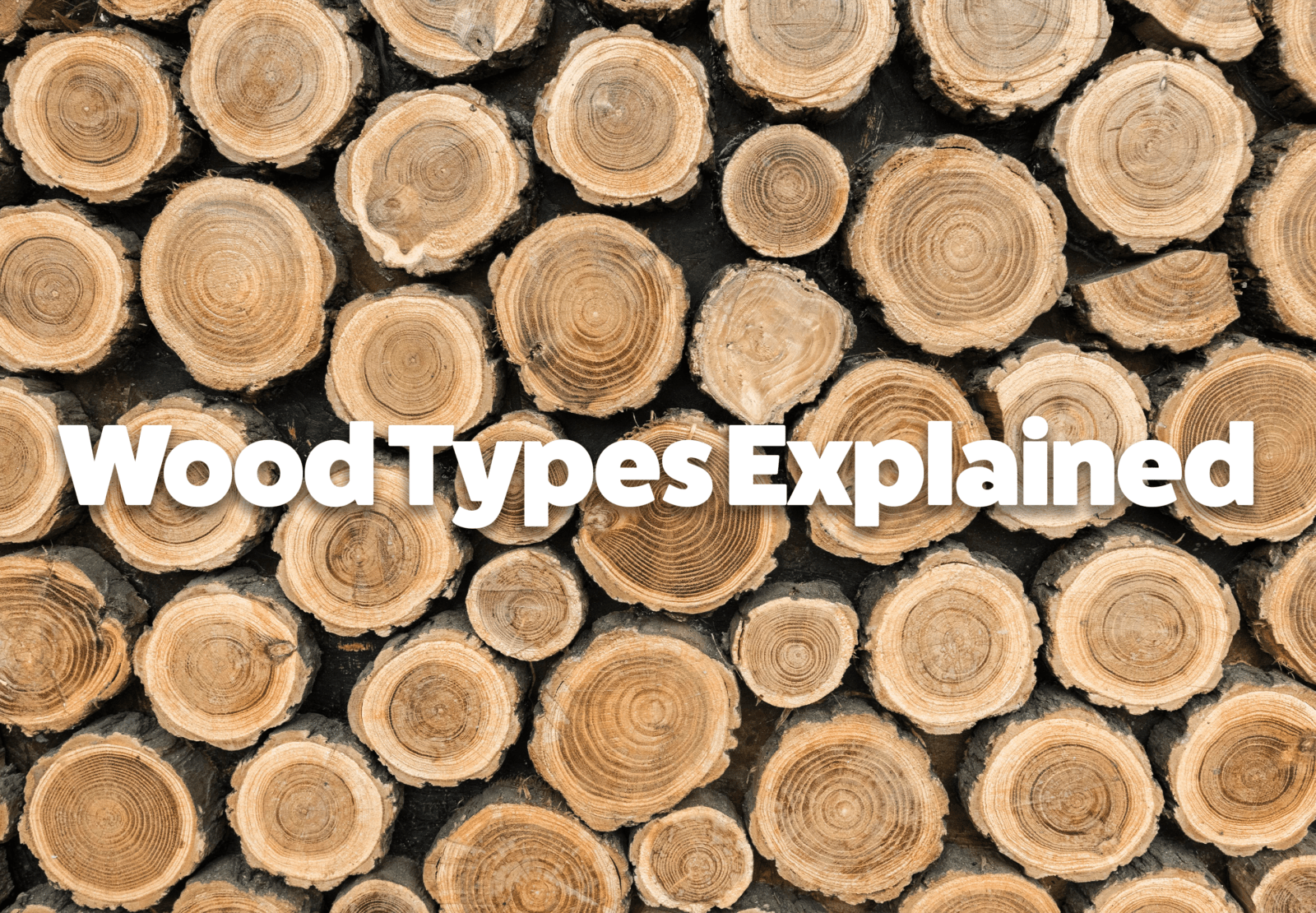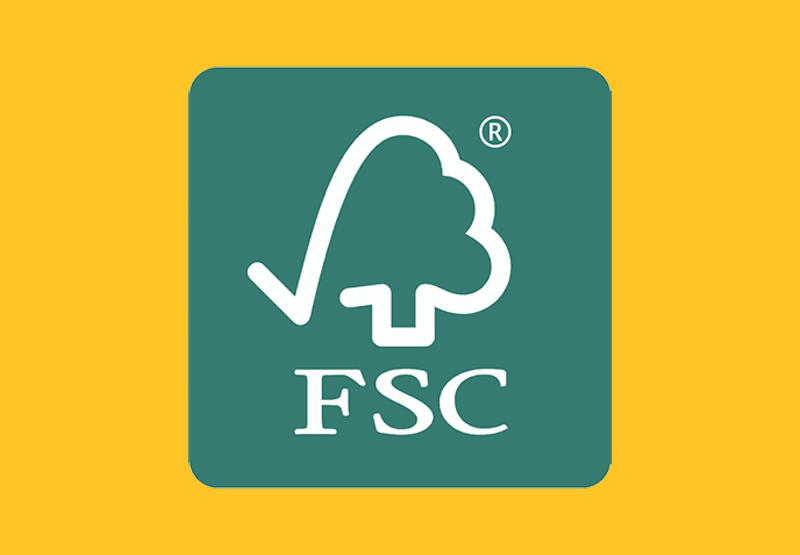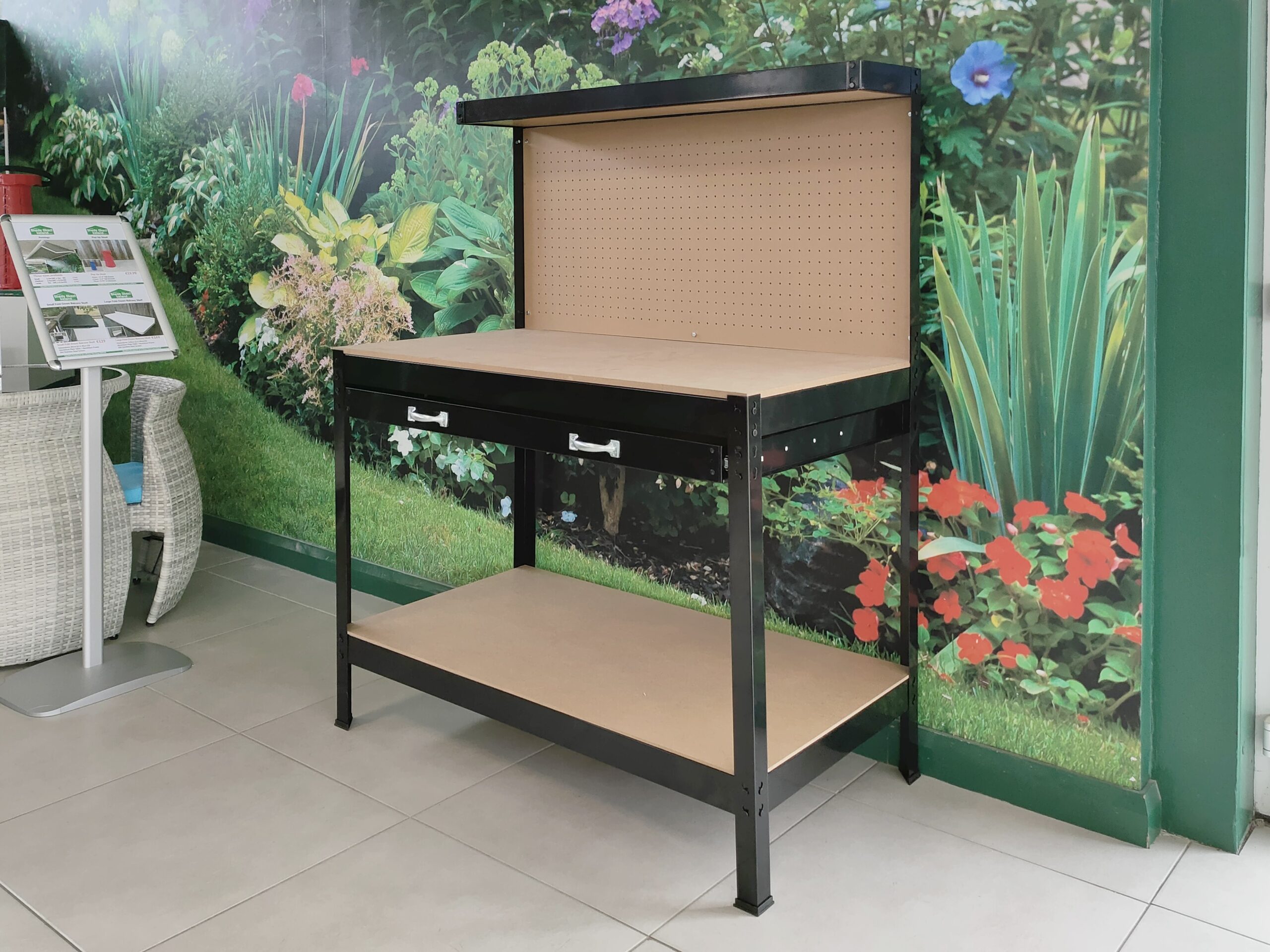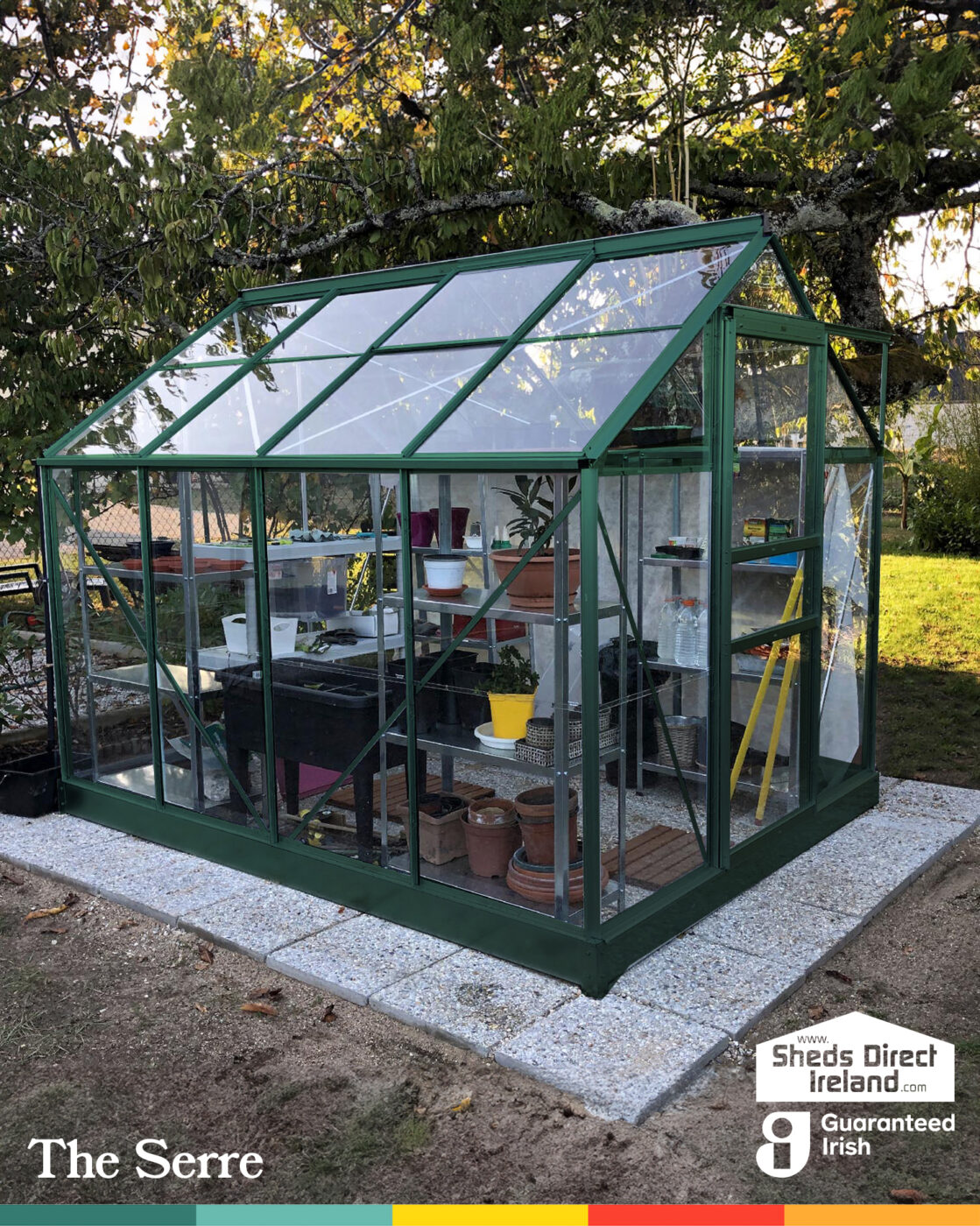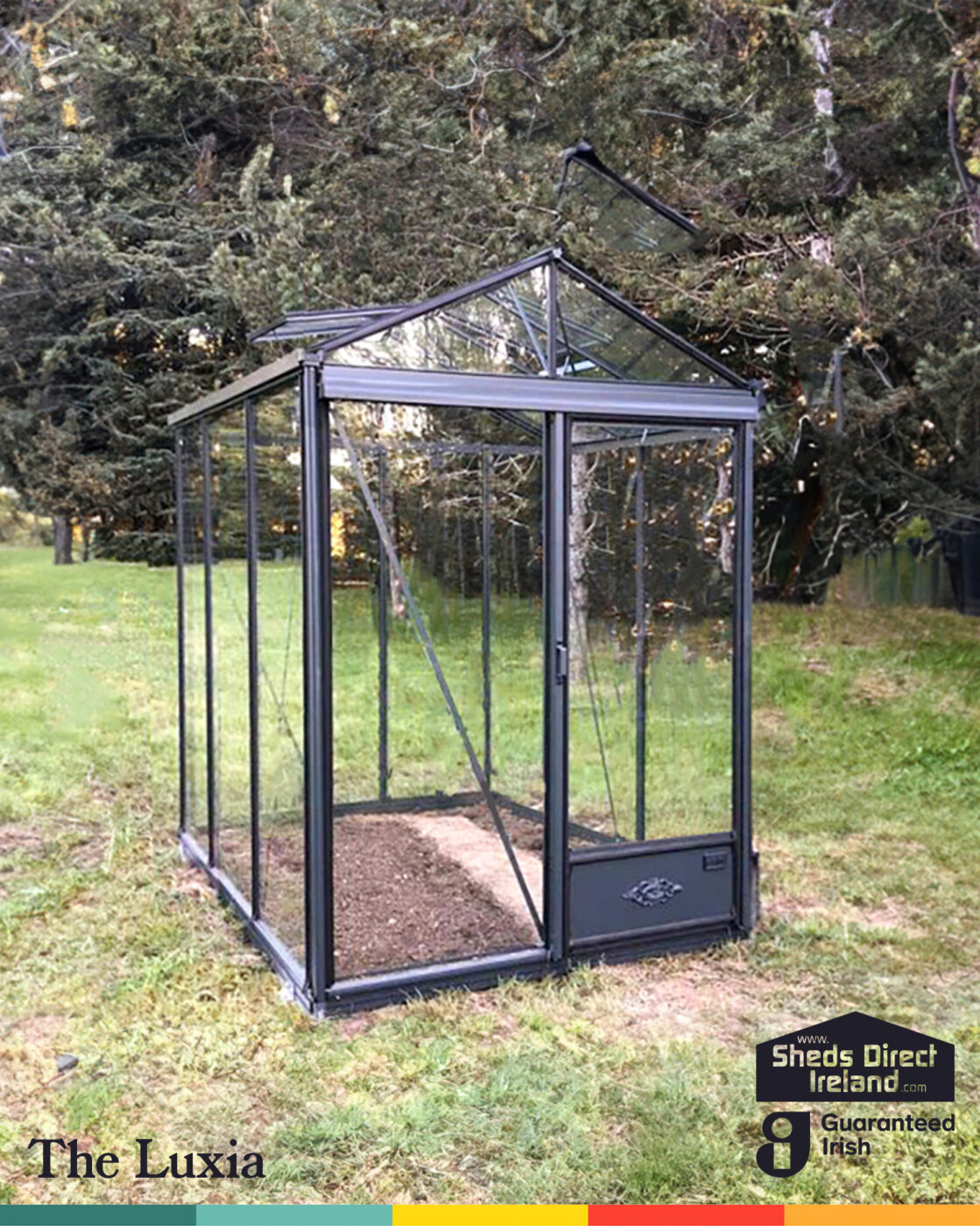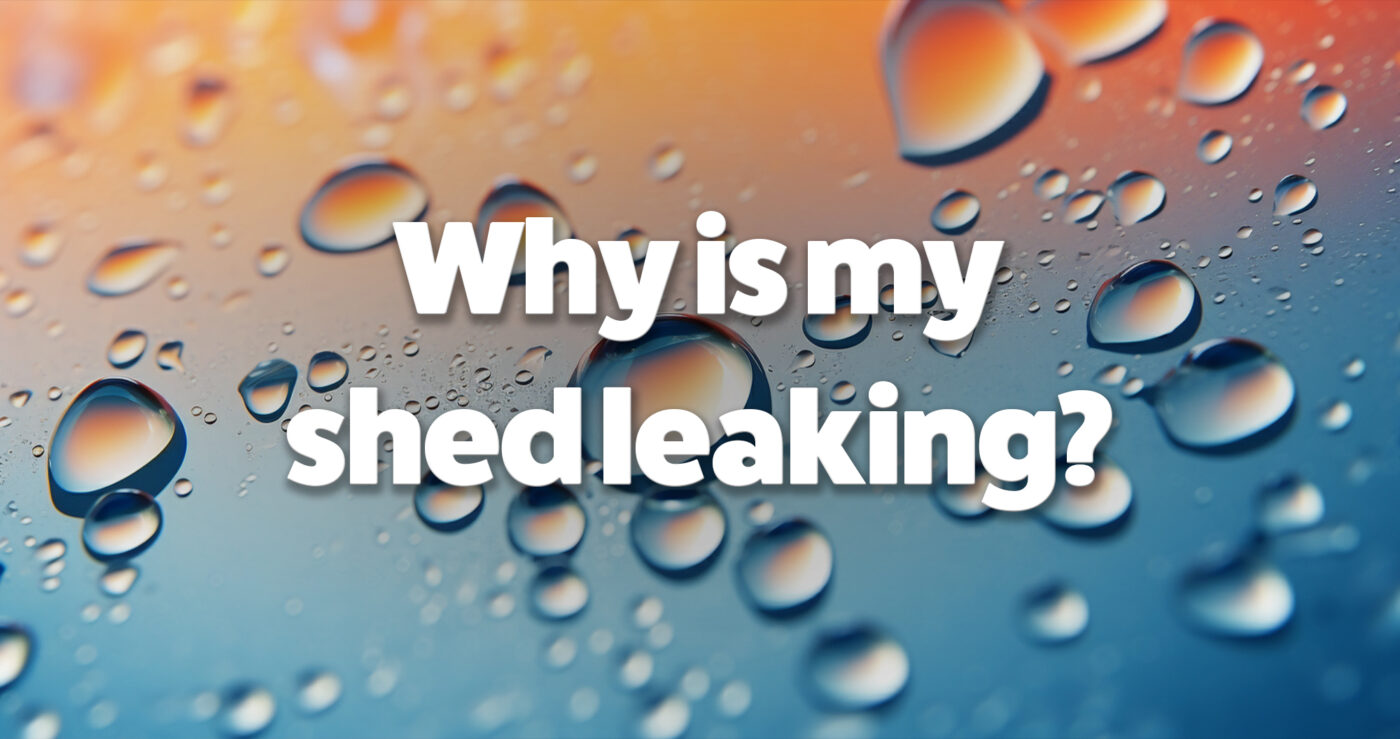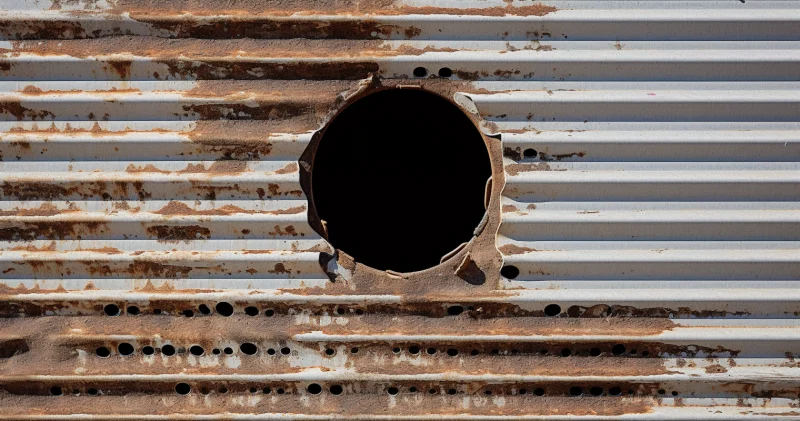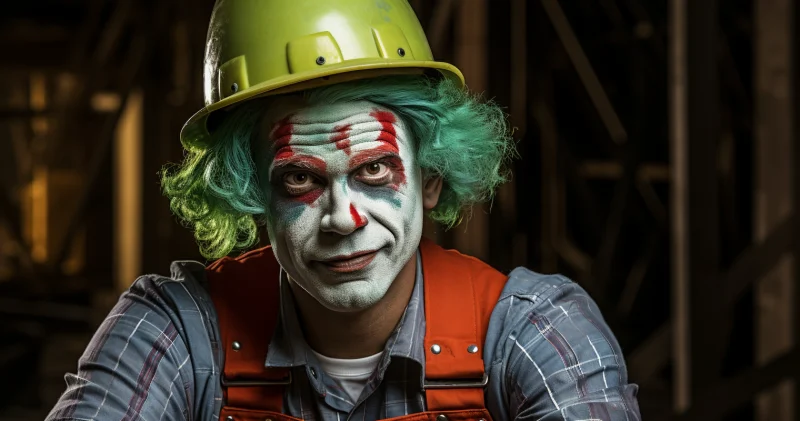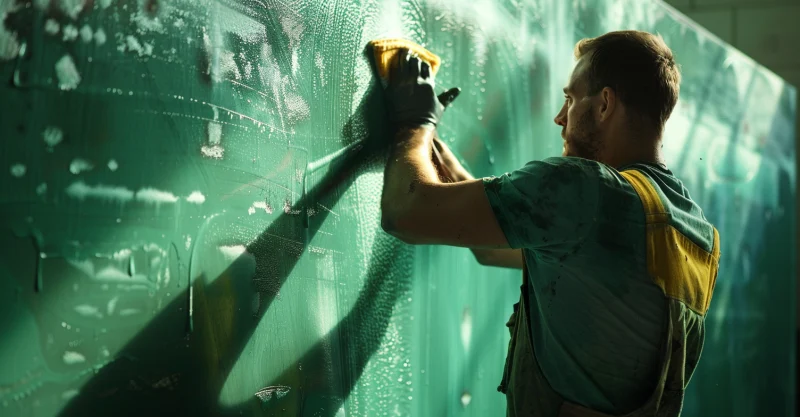Uncategorized
Why is my shed leaking?
Why is my shed leaking?
There are a number of reasons why your shed might have sprung a leak. Most should be fairly apparent, but we’ll cover the lot, just in case. We’ll even look at why you might think you shed is leaking, even if it really isn’t. The first reason is probably the most obvious, though:
Damage
If your shed roof is damaged, you could find yourself looking to fix a leak. This is most common in wooden sheds with a felt roof, as they wear down considerably quicker than steel roofs do. Generally speaking, steel sheds won’t degrade (unless you’re near the sea), but regardless of wether it’s steel or wood, a leak caused by damage should be fairly obvious and you should be able to see where the leak is coming in. You should also have a fair idea of what caused the damage.
Solution:
Sheds that have leaks caused by damage are not covered by warranty. That doesn’t mean that you’re beyond help, however.
For wooden sheds, you should be able to find someone that’ll offer re-felting of a shed roof. For steel roofs on a wooden shed, you could replace it with other galvanised steel, if you’re handy. Roof repair is not a service that we offer ourselves, however. Steel sheds that have a damaged roof will most likley to have the panels replaced – and sooner rather than later. Get in touch with the company that you bought the shed from, they may have some spare parts to help solve your issue.
Age
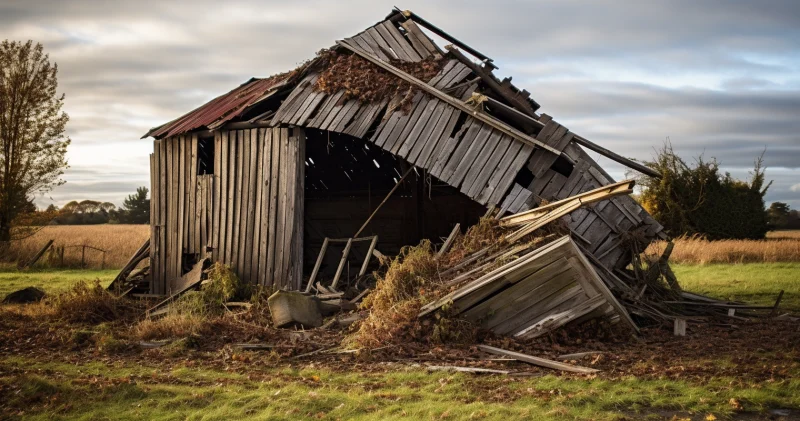
Time makes us all a little bit more leaky.
Again, wooden sheds with felt roofs are the biggest offenders here. The mineral felt roofs on wooden sheds will naturally degrade, and after about 15-18 years, they’ll be patchier than a stressed dogs’ coat. Steel Sheds will also go this way, albeit much later.
Solution:
You need a new shed.
Sure, you can patch up the roof, but depending on how long you left it, the wooden panels or steel frame may also be suffering the ill-effects of exposure. Standing in an Irish garden for about 2 decades will do that to anything. Personally speaking, a new shed may be less hassle than getting someone in to fix the roof. Roofers tend to find all the other issues with the shed when they’re patching it up. If in doubt, price it up (and don’t forget to include your time in that calculation!)
Poor construction
If you have a new shed and it’s leaking, the chances are that it’s down to poor construction (or it’s not actually leaking at all – but more on that in a moment). Wooden sheds generally don’t have an issue with construction. They’re built to spec and any potential issue tends to be noticed at the time of construction, where it will be fixed on the spot. If you think you’ve an issue with a wooden shed construction, get in touch with us right away.
Most of the sheds that have leaks are steel sheds that are self-assembled. Poor construction is a broad term, but in general, the main reasons for a leak caused by poor construction of a steel would be:
- Not having a solid, level base
- Drilling holes during construction (you don’t need to drill holes in your shed)
- Modification of the steel panels (sawing, folding, warping, etc.)
- No overhang was left during the build
- Overtightening the screws / bolts (particularly on the roof)
- The vents were blocked up / altered
Assembly of a steel shed isn’t for everyone. Unless you’ve experience with large, flat-packed sheds it can be an overwhelming task. We’ve seen people who got fed up with assembly half-way through, and who “made it fit” by altering the parts of the shed. Eventually these short-cuts will catch up with you and you’ll be cobbling together last-ditch solutions to keep the water out.
Solution:
If you don’t know what you’re doing, if you’re impatient, if you’re not going to read the instructions: do not opt for self assembly. It’ll save you a lot of hassle in the short and the long term.
Now, if you’ve already self-assembled and you’ve not followed the bullet points above, you may be in a sticky situation. Depending on the level of severity, you may need to just make some minor adjustments, or you might need to write the whole thing off in it’s entirety. Get in touch with us as soon as possible to get the best possible outcome, but please note, if the shed has been modified, altered or drilled into, we will not be able to offer any assistance.
If our team assembled your shed and you’re concerned that that’s the reason for the leak, get in touch. We’ll ask for some photos to be sent over, so that we can send the right members of the team around to remedy the issue. You can send these to our whatsapp at 085 7145 148 (remember to include your name, invoice number and as much detail as possible). In these instances, it is vital that you contact us straight away. Sheds that have leaks and that are out of warranty will not be treatable by our team.
Maintenance
Sheds generally require very little maintenance, but they do require some upkeep. What do you need to do to avoid leaks? Let’s look at each option individually.
Wooden Sheds with felt roof:
- Remove any debris from the roof of the shed
- Check for cracks in the felt on the top of the roof (i.e. externally), once a year. If it’s severe, consider getting it re-felted sooner rather than later
Wooden Sheds with steel roof:
- Spot check the roof annually for scratches. Treat as needed.
Steel Sheds:
- Clean out your gutters once a season. If you do nothing else, this will drastically reduce the chances of getting a leak. If your steel shed has gutters and they get clogged up, the water that falls in them has to go somewhere. It’ll either wear away consistently at the metal, eventually forming a hole and a leak, or it may find an entry point where the steel panels meet. So clean out your gutters every few months as needed.
- Do a spot-check for scratches. If the galvanisation is scratched off the surface of your shed, it can leave it prone to growing into a perforation. The roof of your shed should be checked at least once a year, especially if your shed is near swaying branches, creeping ivy, or if you have cats regularly on top of your shed.
Solution:
Maintain your shed as outlined above.
It isn’t actually leaking
Okay, this sounds stupid, but I’d wager that it accounts for well over 90% of the phone calls that we get from people who say that their shed has a leak. So to be clear:
Condensation is not a leak.
I know, I know, I know. You are clearly an intelligent person and you know this too, but the sheer amount of people who scream blue murder about a leaky shed only for us to find that it’s just condensation, is frankly bananas. The thing is, condensation occurs naturally. We (and nobody else) can prevent the conditions that create it from occurring, but we can help minimise the effects of it.
Solution:
Here’s How to reduce condensation in a steel shed.
Leaking for some more help?
We’ve more than likely covered everything here, but if not, get in touch.




